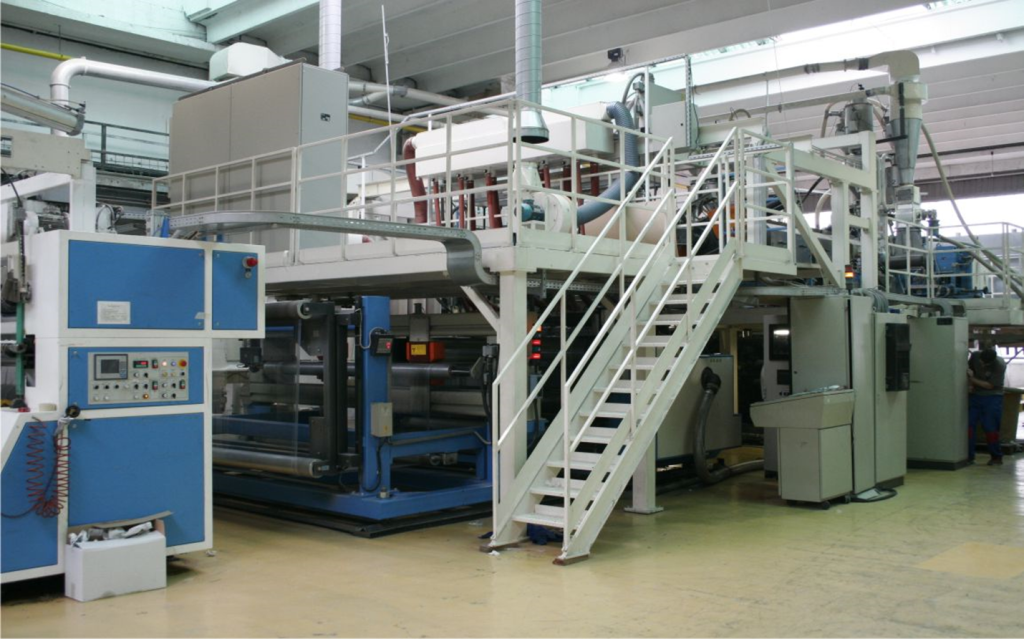Stretch film is an essential tool in packaging, offering a reliable and cost-effective way to secure, protect, and bundle products for transport or storage. But how do you use stretch film effectively? Whether you’re wrapping pallets, protecting fragile items, or bundling goods for storage, following the right techniques can ensure maximum efficiency and safety. Here’s a step-by-step guide on how to use stretch film properly.
Step 1: Choose the Right Stretch Film
Before you start, it’s important to select the right type of stretch film based on your needs. Stretch film comes in various forms, such as hand stretch film for manual use and machine stretch film for automated applications. Consider factors such as:
- Load Size and Weight: For lighter loads, hand stretch film is sufficient. For heavier or bulkier items, machine stretch film is more suitable.
- Environmental Factors: If you need UV protection or resistance to harsh conditions, opt for a UV-resistant stretch film.
- Stretch Capacity: Films with higher stretch capacity provide better load stability and protection.
Step 2: Prepare the Products or Pallets
Before applying stretch film, ensure that your products or pallets are organized and aligned properly. The key to effective use of stretch film is stability—ensure the items are stacked neatly to avoid shifting during transport.
- Arrange Products: Stack items neatly in uniform layers, making sure to balance the weight distribution across the pallet.
- Clean the Surface: Remove any debris, dirt, or moisture from the products or pallets to ensure the stretch film sticks properly.
Step 3: Apply the Stretch Film
Manual Wrapping (Hand Stretch Film)
- Start from the Base: Begin wrapping the bottom of the pallet or item. Hold the film tightly and start at the base, securing the film in place with the initial turn.
- Wrap in a Spiral Motion: Continue wrapping the film in a spiral, moving upwards. Overlap the film slightly with each turn to ensure tightness and prevent items from shifting.
- Stretch the Film: As you wrap, make sure to stretch the film to its maximum capacity. This will ensure the film wraps tightly and securely, offering the necessary protection.
- Cover the Top: Once you reach the top of the stack, wrap the film several times around the top layer to ensure the load is fully covered.
- Seal the Film: To finish, cut the film and secure the end by tucking it under the wrapped layers. Some stretch films come with a built-in adhesive that sticks to itself, so you don’t need tape.
Machine Wrapping (Machine Stretch Film)
- Load the Pallet on the Wrapping Machine: Place the pallet on the turntable or conveyor belt of the wrapping machine.
- Adjust the Settings: Set the machine’s tension, stretch percentage, and speed according to the weight and size of the load.
- Start the Wrapping Process: As the pallet spins, the machine will automatically apply the stretch film around the load, ensuring a tight and even wrap.
- Finish the Wrapping: Once the pallet is fully wrapped, the machine will cut and secure the film, leaving the load ready for transport.
Step 4: Inspect and Adjust
After applying the stretch film, it’s important to check the wrapped load for any loose spots or areas that may need additional wrapping. Ensure that the film is applied tightly and evenly across the pallet, with no gaps where the products could shift.
- Check for Stability: The load should feel stable, with minimal movement when touched or tilted.
- Reapply if Necessary: If there are any loose sections, simply add another layer of stretch film over those areas.
Step 5: Transport and Store
Once the items are wrapped, they are ready for transport or storage. Stretch film provides a protective layer that shields your products from moisture, dust, and damage, keeping them safe throughout their journey.
- For Storage: Ensure the pallet is stored in a stable, dry area. Stretch film will protect the products from environmental factors.
- For Shipping: Load the wrapped pallets onto trucks or containers, ensuring the packages are securely positioned to prevent shifting during transit.
Tips for Using Stretch Film Effectively
- Use the Right Amount of Stretch: Stretching the film too much can cause it to break, while not stretching it enough may not provide sufficient security.
- Consider Double Wrapping: For extra protection, especially with heavier loads, double-wrap the pallet.
- Recyclability: Many types of stretch film are recyclable. After use, make sure to dispose of it responsibly.
Conclusion
Using stretch film is simple, but effective wrapping techniques can make a significant difference in ensuring the safety and security of your goods. By following the steps outlined above and selecting the appropriate type of film, you can optimize your packaging process and reduce the risk of damage during shipping or storage. Whether you’re wrapping pallets, protecting sensitive items, or bundling products, stretch film is an indispensable tool in the packaging industry.
For more information on the different types of stretch film and their applications, check out Packaging Digest and International Packaging.
Keywords: how to use stretch film, stretch film packaging, stretch film wrapping, securing pallets with stretch film, manual stretch film wrapping




